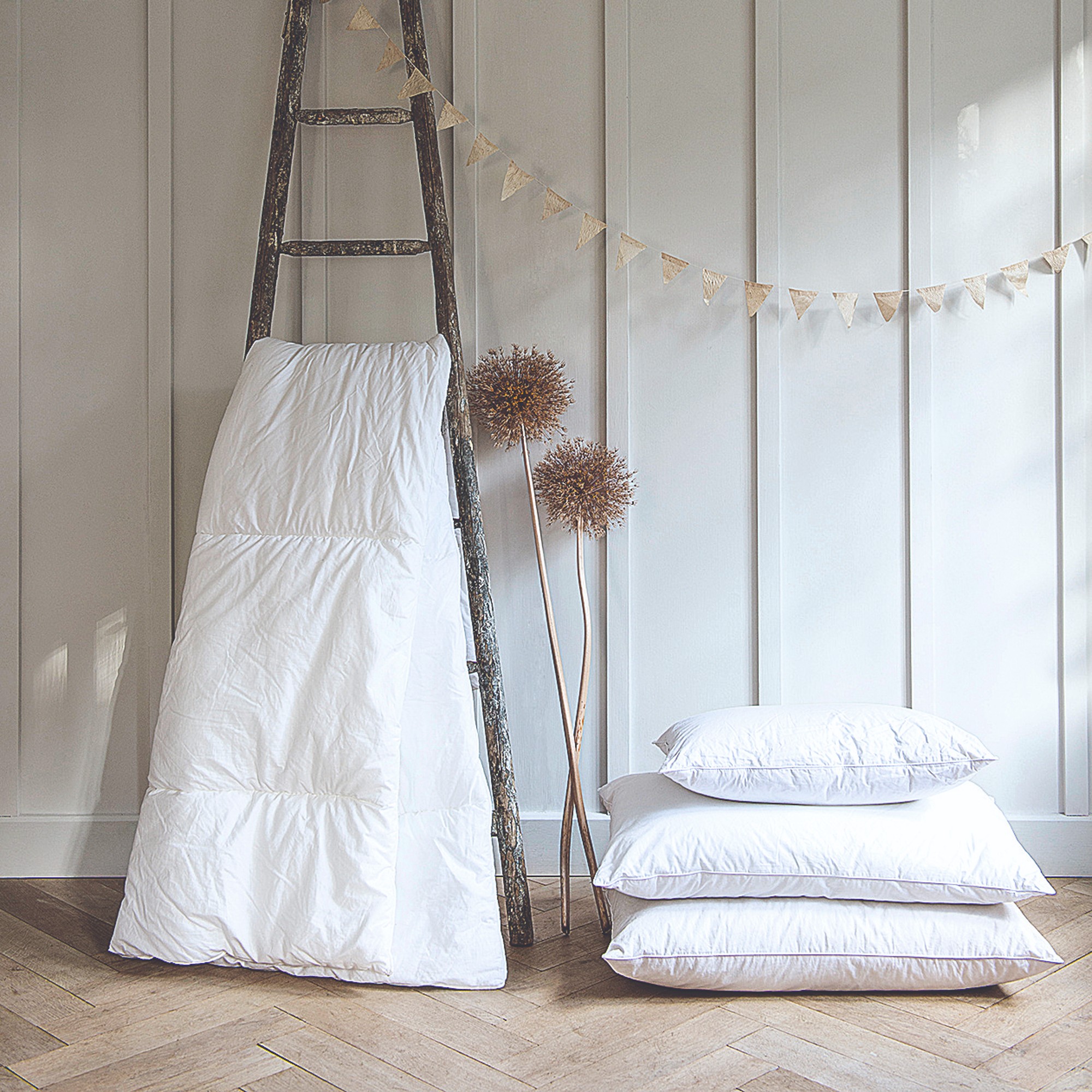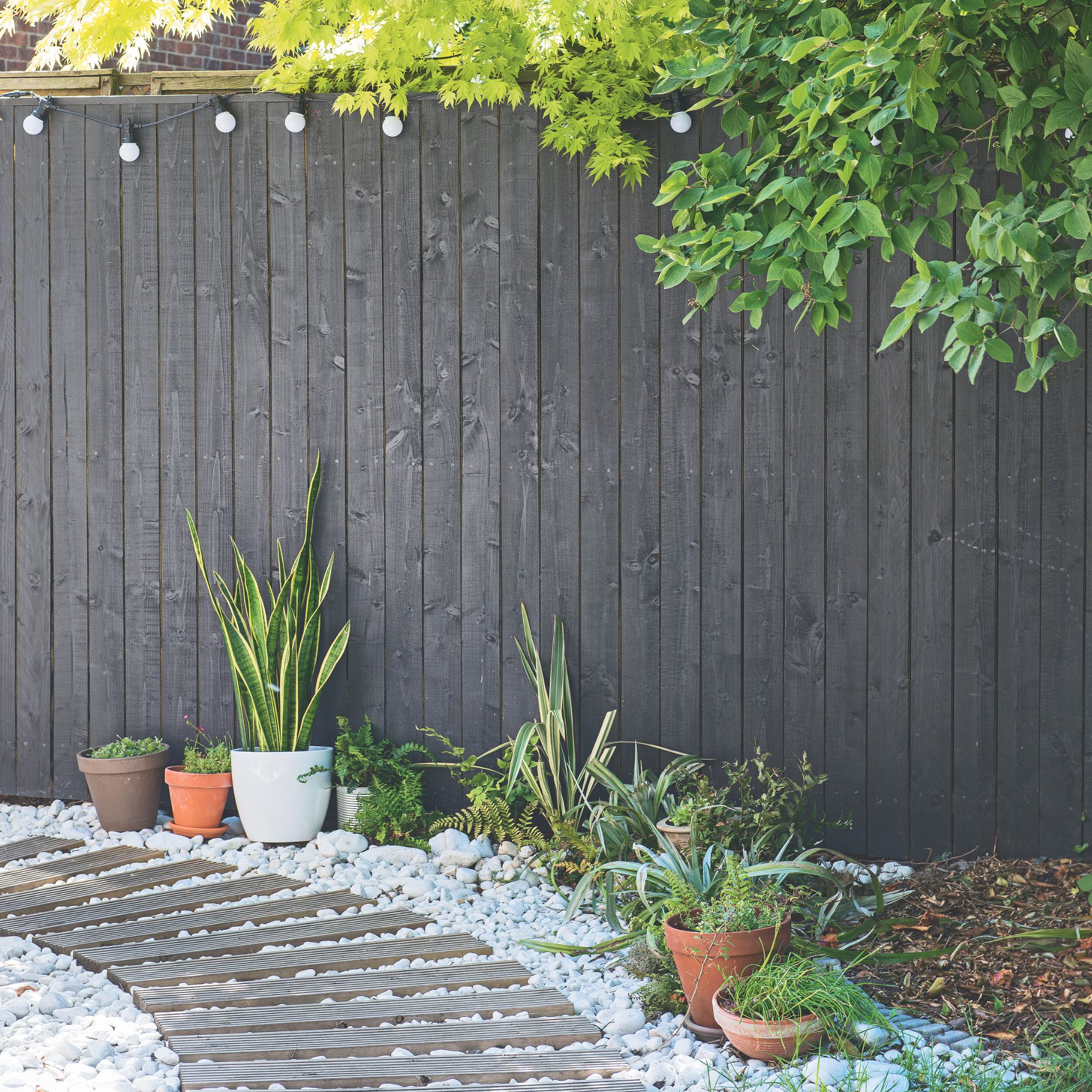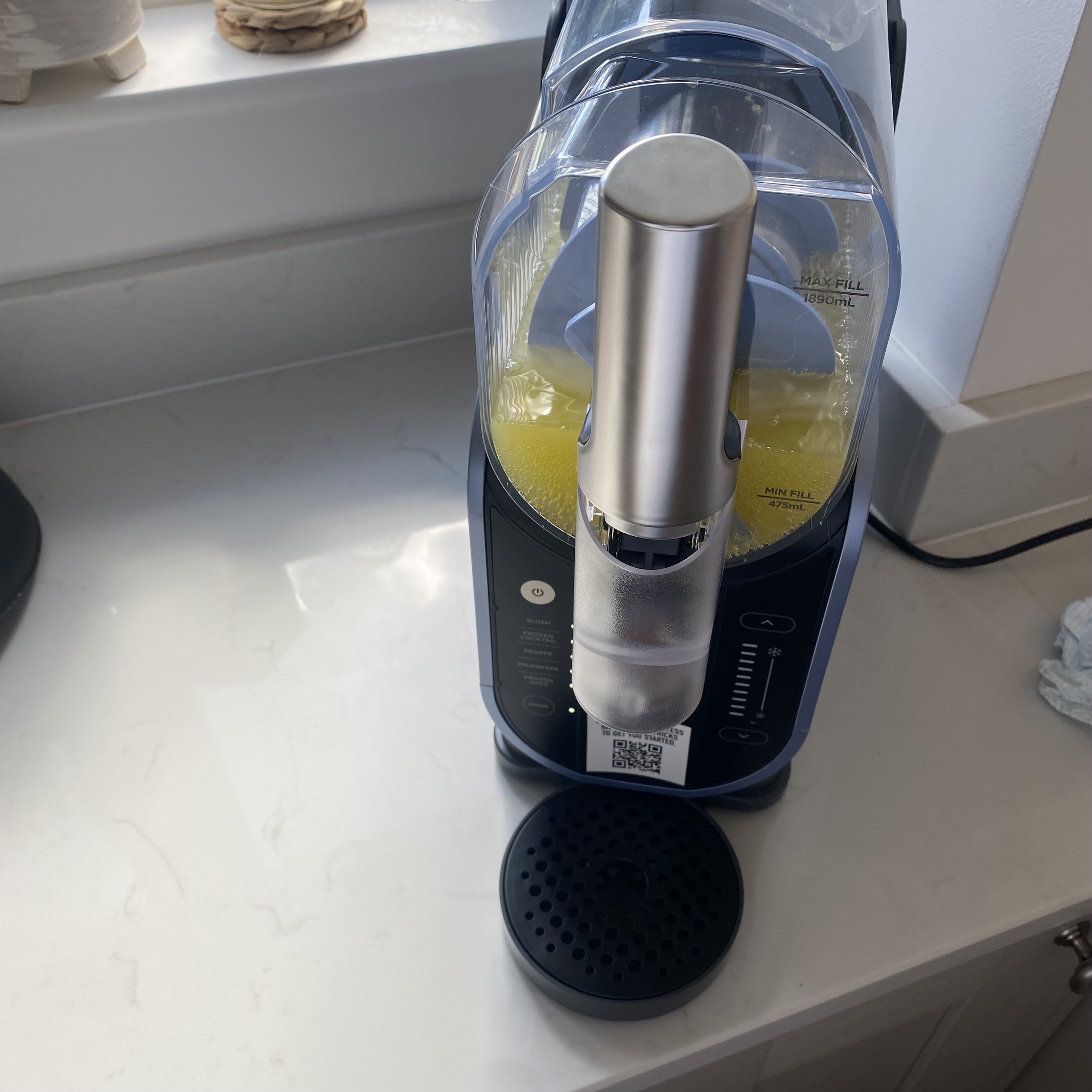How often should you replace a duvet? 7 signs it's time to buy a new one
An old duvet could be negatively impacting your sleep, here's how to know when to replace it


Duvets are integral for helping you sleep better. They give you that snug feeling, and keep your temperature just so all night. But a duvet has a shelf life, and there are definite signs you need to replace your duvet.
As a sleep-product reviewer who’s dedicated hours, days and even years to finding the best duvet, I know how a good duvet can help you get better sleep. And a bad duvet can bring you sleepless nights.
But how do we know when it’s time to bite the bullet and buy a new duvet? I’ve shared all my expertise here, and also spoken to sleep and bedding experts to get the inside track on when to replace a duvet.
How do you know when to replace a duvet?
1. The fillings are clumpy
One of the key signs your duvet needs replacing is if you notice lumps and bumps in your duvet have started appearing. This often is the downfall of lower-price duvets with synthetic fillings.
‘In lower-quality duvets, the filling may clump or migrate to the edges over time, leading to an uneven feel,’ says Danielle Mason, Head of Product Development at The Fine Bedding Company. ‘This affects warmth and comfort, creating cold spots where the filling has shifted.’
‘Over time, the filling in duvets can naturally start to become less bouncy and clump together,’ says Emma Beck, Buying and Merchandising Manager at Bensons for Beds. ‘You know it’s time to replace it when a regular shake doesn’t combat this!’

2. The duvet doesn’t feel as full
If things are feeling a little flat in the duvet department, this is a sign you should replace it.
‘If the duvet looks flat or feels less plush, it’s likely not providing the same warmth as before,’ says Danielle from The Fine Bedding Company. ‘This can be due to natural wear or repeated washing, which can break down the filling in lower-quality duvets.’
Feather and down duvets can also start to feel less full over time. This is because over time the duvet can lose feathers. This is especially the case if you haven’t cared for your duvet properly. Make sure you know how to store a duvet correctly to prevent this from happening.
3. There’s an odour or stains
‘Persistent odours or noticeable stains may mean your duvet isn’t as fresh as it once was,’ says Danielle at The Fine Bedding Company. ‘Even with regular washing, certain materials can start to hold onto allergens, odours and even dust mites over time.’
‘Unsightly stains are often caused by bodily fluids such as sweat,’ says Emma at Benson for Beds. ‘These stains are unhygienic, and mean that dust, dirt and bacteria are lurking on the duvet.’
‘Over time, duvets can absorb sweat, body oils, and moisture, which can lead to bacterial growth and musty odours,’ adds Holly Castle, Product Manager at EarthKind.
Make sure you know how to wash a duvet properly. And if that doesn’t blitz the grime, it’s time to invest in a new duvet.

4. You’re sneezing more
Despite what you might think, dust isn’t the direct cause of allergies – it’s dust mites. These tiny bugs feed on dust. So a build up of dust is dust-mite heaven. These dust mites are the leading cause of house-born allergies in the UK.
‘If you’re experiencing more allergy symptoms during the night, it could be due to dust mites and allergens building up in an old duvet, signalling it’s time for a replacement,’ says Danielle from The Fine Bedding Company. ‘In this case, The Fine Bedding Company's Allergy Defence Duvet could be an ideal choice.’
If your allergies are really flaring up, it might be worth looking into an allergy-friendly mattress too.
5. You’re waking up too hot or cold
Sleep comfort is the number one job of a duvet. If you’ve noticed your comfort levels have dropped while in bed, it could be a sign you need a new duvet.
‘Whether it’s the wrong tog for the season, or a filling that’s not compatible with your body temperature, a duvet should keep you cosy in bed - not too hot, and not too cold,’ says Emma from Bensons for Beds. ‘If you’re waking up either too cold or with the sweats, it might be time to research different duvet options which will promote better sleep.’
‘It’s all about balance,’ says Nils Stene, third-generation CEO of bespoke-duvet company Norvegr. ‘A really good duvet will ensure you don’t overheat, nor will you feel chilly. Instead you should be kept at the perfect temperature all night long.
‘Often if you wake up cold and clammy it is probably because you are too warm. An overly warm duvet will cause you to perspire, and often you will wake up feeling cold once the perspiration has cooled and settled on your skin. Waking up cold and dry is the opposite problem; your duvet simply isn’t doing its job in keeping you warm enough.’

6. There’s wear on the outer casing
This is fairly easy to keep an eye on. If there’s noticeable damage to the duvet on the outside, it’s time to buy a new duvet.
‘If you spot visible wear such as fraying seams, tears, or holes in the fabric, it’s time for a new one!’ says Holly from EarthKind. ‘Small tears can allow the filling to escape, making the duvet less effective, and nobody wants their duvet to look tired!’
7. You haven’t replaced your duvet for five or so years
Everything has a natural life cycle, and a duvet life cycle is about 5-7 years.
‘You’ve been using your duvet for longer than 5 to 7 years [it’s time to replace it],’ say Emily and Jonathan Attwood, Founders of Scooms. ‘Over time, your duvet filling will soak up body oils, fluids, hair, etc, which will clog up your filling. It is likely that washing will not effectively remove this after several years of use.’

Why is it important to replace your duvet regularly?
The number one reason to replace your duvet on the regular is hygiene.
‘You should replace your duvet regularly to ensure that your sleep is not disturbed,’ say Emily and Jonathan from Scooms. ‘A duvet which no longer provides optimal insulation and breathability can lead to you being too cold or too hot at night and generally not sleeping well.
‘Your duvet filling will also absorb body oils, dead skin cells and may attract dust mites over time. It's important to keep your duvet clean and to replace it regularly, particularly if you have a dust-mite allergy or a respiratory illness such as asthma or sinusitis.’
How do I make sure my duvet lasts as long as possible?
1. Follow the care instructions
Be a stickler for the rules when it comes to caring for your duvet. That care label isn’t just there for decoration, after all. If you’re not clear on what the label means, take the matter to Google. Or you can take a photo of it on an iPhone and your iPhone will tell you what it means.
‘When it’s time to wash your duvet, always check the care label for specific instructions,’ says Emma at Bensons for Beds. ‘Most duvets can be machine washed on a gentle cycle using mild detergent. However, larger duvets may require professional cleaning.’

2. Shake it out regularly
A refresh and replump can give your duvet a much-needed airing. This should help the fillings clumping in the long term.
‘When you change your bed sheets (ideally once a week!) make sure your duvet gets a good shake to maintain its loft and prevent clumping,’ advises Emma from Bensons for Beds. ‘This process also allows air to circulate, keeping your duvet fresh and hygienic.’
3. Store it properly when not in use
Correct storage of your duvet when not in use is vitally important.
‘When packing away your duvet during the change of the seasons, make sure it’s stored properly in breathable duvet storage bag to protect your duvet from dust, moisture, and pests,’ agrees Emma from Bensons for Beds.
How long do coverless duvets last?
A decent coverless duvet should last around the same length of time as a regular duvet.
‘Coverless duvets are designed to be durable, lasting anywhere from three to five years with regular use,’ says Danielle from The Fine Bedding Company. ‘Since they’re made to be washed frequently without needing an additional cover, high-quality coverless duvets are crafted from materials and filling that resist clumping, shrinking or fading over time. Choosing a good quality coverless duvet, such as those by Night Lark, ensures longevity, comfort and ease of care’
It might be tempting to hold onto an old duvet, but if it's past it's sell-by date you won't be doing your sleep any favours.
Get the Ideal Home Newsletter
Sign up to our newsletter for style and decor inspiration, house makeovers, project advice and more.

Zoe is a freelance journalist and content strategist. Her career has traversed kids' publishing, women's lifestyle magazines, luxury property and content marketing. She's worked for the BBC, STYLIST, Marie Claire, heat, Wallpaper*, InStyle, The Sunday Times Style, Ocado, Christie's and more. She now regularly writes about interiors and sleep for a range of media – what she doesn't know about mattresses isn't worth knowing.
-
 Did you know John Lewis can make your old curtains or rugs look like new? Their repair service is now available in all stores
Did you know John Lewis can make your old curtains or rugs look like new? Their repair service is now available in all storesJohn Lewis has added another string to its bow, and it's great news for your old homeware
By Kezia Reynolds
-
 This beautiful mixing bowl is the unexpected star of so many kitchens – including Mary Berry's and the Bake Off tent
This beautiful mixing bowl is the unexpected star of so many kitchens – including Mary Berry's and the Bake Off tentThis earthenware bowl proves that you don't have to spend a huge amount for a classic kitchen addition
By Molly Cleary
-
 Have you been painting your fence wrong? 8 common fence painting mistakes that will lead to a streaky and patchy finish
Have you been painting your fence wrong? 8 common fence painting mistakes that will lead to a streaky and patchy finishWondering why your fence's last paint job didn't turn out like you hoped? Here's why
By Katie Sims
-
 This beautiful mixing bowl is the unexpected star of so many kitchens – including Mary Berry's and the Bake Off tent
This beautiful mixing bowl is the unexpected star of so many kitchens – including Mary Berry's and the Bake Off tentThis earthenware bowl proves that you don't have to spend a huge amount for a classic kitchen addition
By Molly Cleary
-
 Dunelm has given its cult snuggle chair a new look - it's swapped classic stripes for another emerging pattern trend
Dunelm has given its cult snuggle chair a new look - it's swapped classic stripes for another emerging pattern trendI'm obsessed with this fresh new style
By Kezia Reynolds
-
 I tried Joseph Joseph's pan set with foldable handles – the space-saving design is just one of the many highlights
I tried Joseph Joseph's pan set with foldable handles – the space-saving design is just one of the many highlightsSmall kitchen? I tested this innovative Joseph Joseph space-savvy set which has foldable handles — and I loved it
By Annie Collyer
-
 As a stylist, I spend hours looking for bedding for photoshoots, and I just spotted these 6 expensive-looking sets at M&S
As a stylist, I spend hours looking for bedding for photoshoots, and I just spotted these 6 expensive-looking sets at M&SGet a little luxury at a high-street price
By Laurie Davidson
-
 I've been waiting to try out the Ninja Slushi for months – this is what happened the first time I tried it
I've been waiting to try out the Ninja Slushi for months – this is what happened the first time I tried itThe Ninja Slushi is the stuff of dreams for summer entertaining
By Molly Cleary
-
 IKEA has drenched its BILLY bookcase in this year’s ‘it’ colour - but you’ll have to act fast if you want to get your hands on one
IKEA has drenched its BILLY bookcase in this year’s ‘it’ colour - but you’ll have to act fast if you want to get your hands on oneI'm obsessed with this gorgeous limited-edition colourway
By Kezia Reynolds
-
 My go-to Ninja coffee machine just had a major price drop. It's more affordable than I've seen it before
My go-to Ninja coffee machine just had a major price drop. It's more affordable than I've seen it beforeIt makes coffee shop quality achievable at home
By Molly Cleary
-
 I'm a kitchen decor editor and didn't like this tableware trend - until I saw H&M Home's designer-look plates
I'm a kitchen decor editor and didn't like this tableware trend - until I saw H&M Home's designer-look platesThey made it easy to justify a new crockery set
By Holly Cockburn